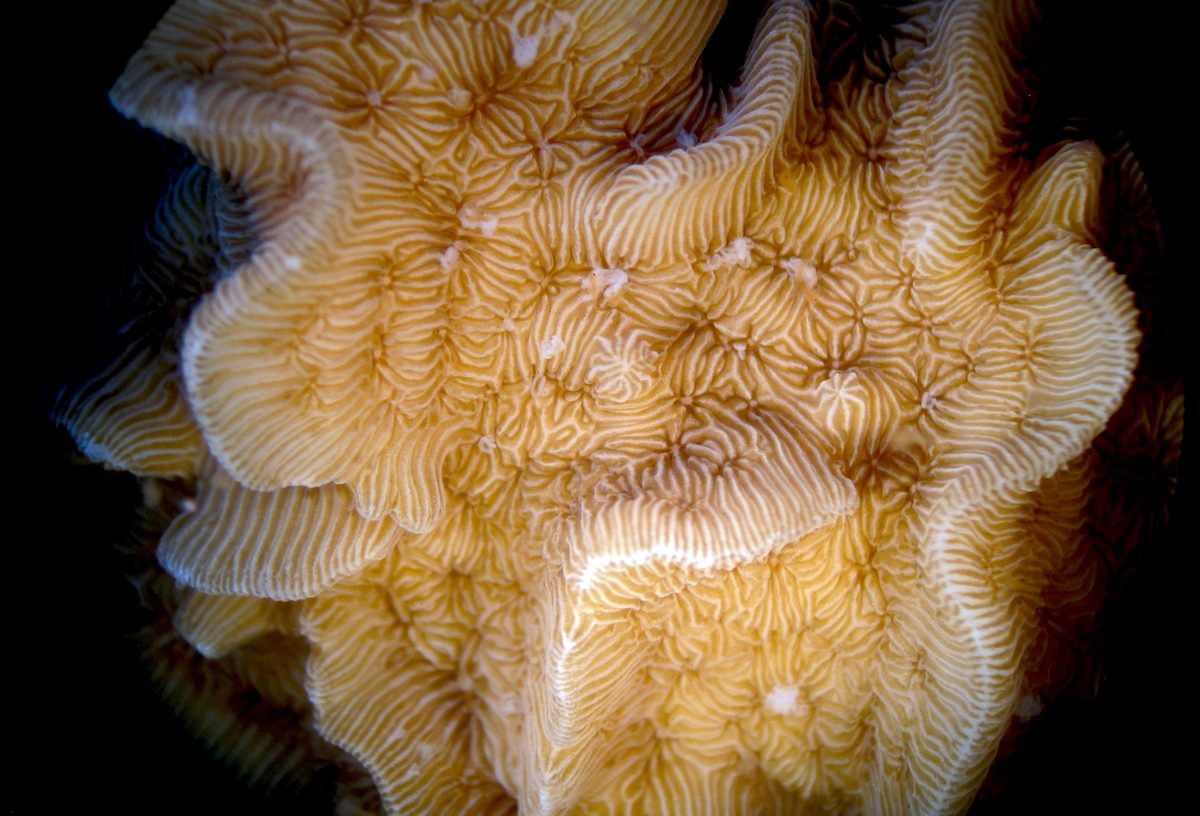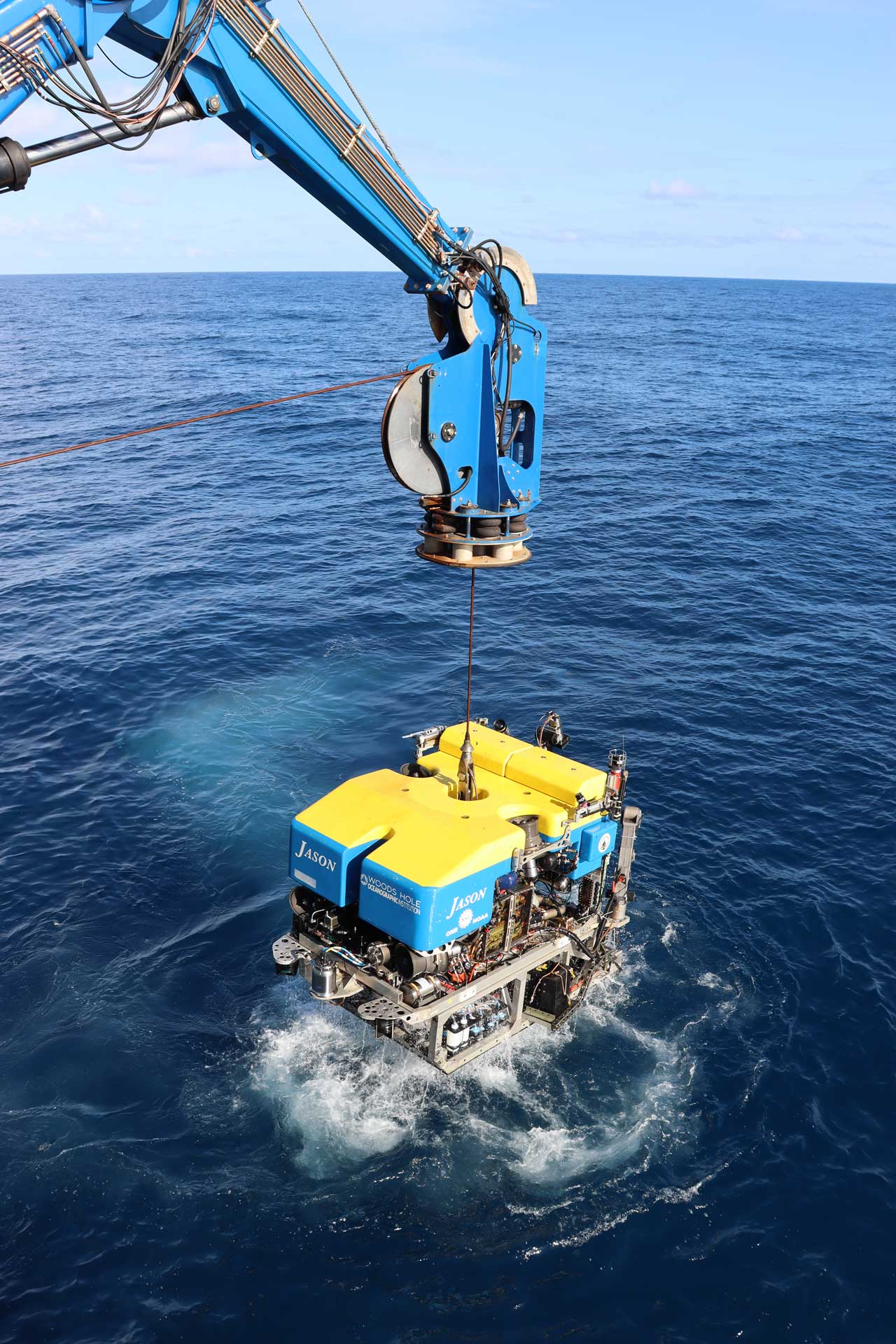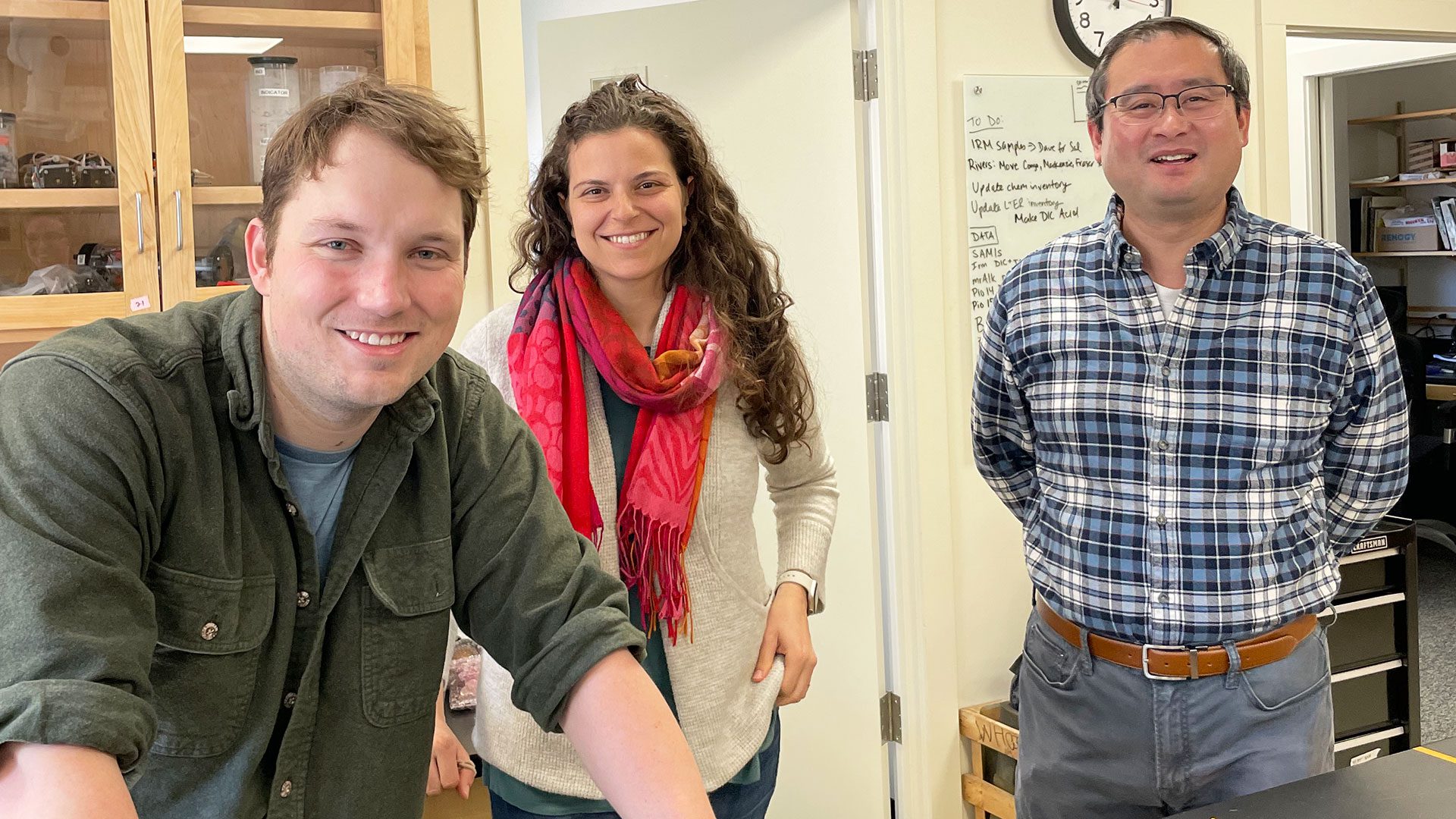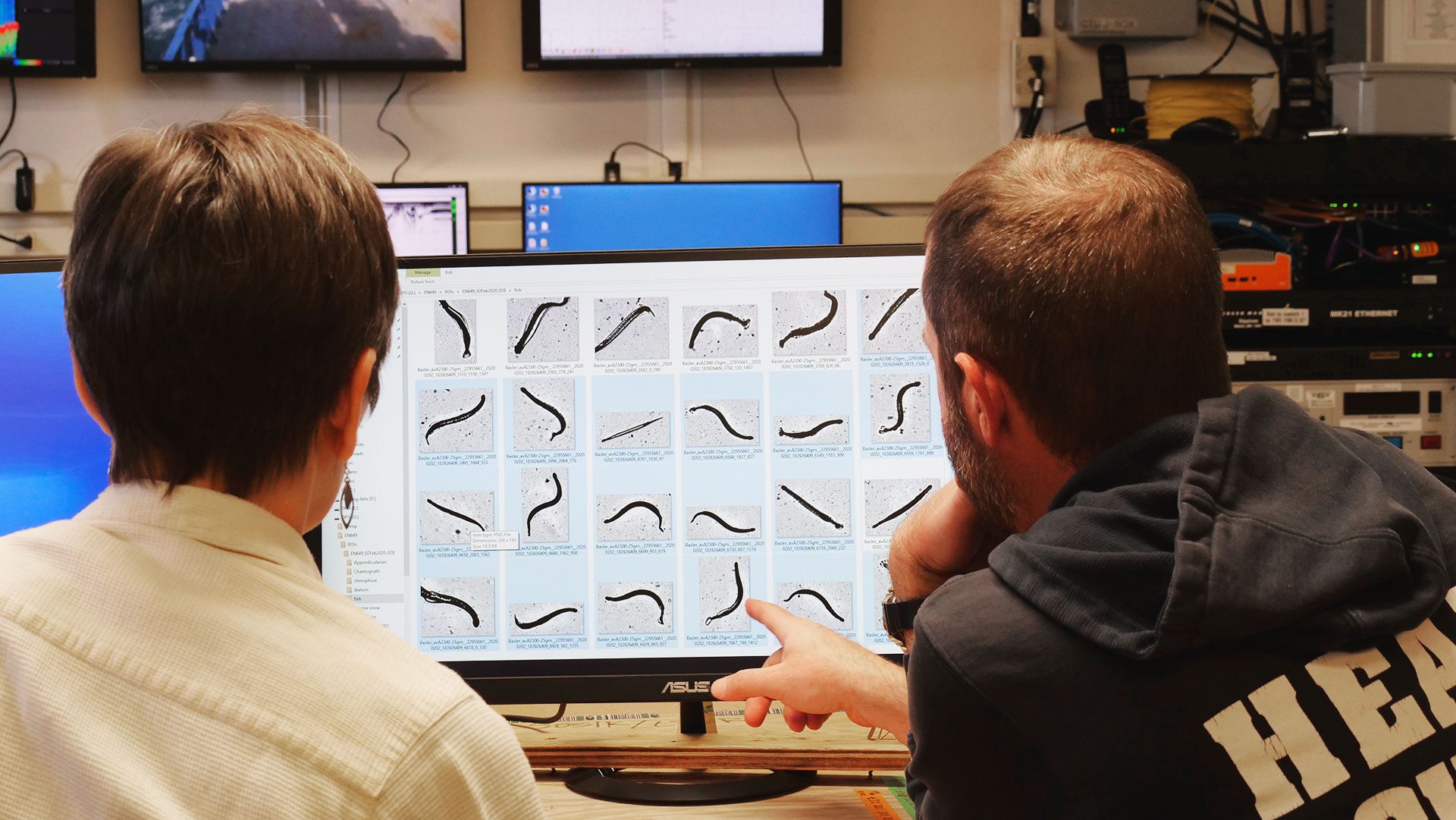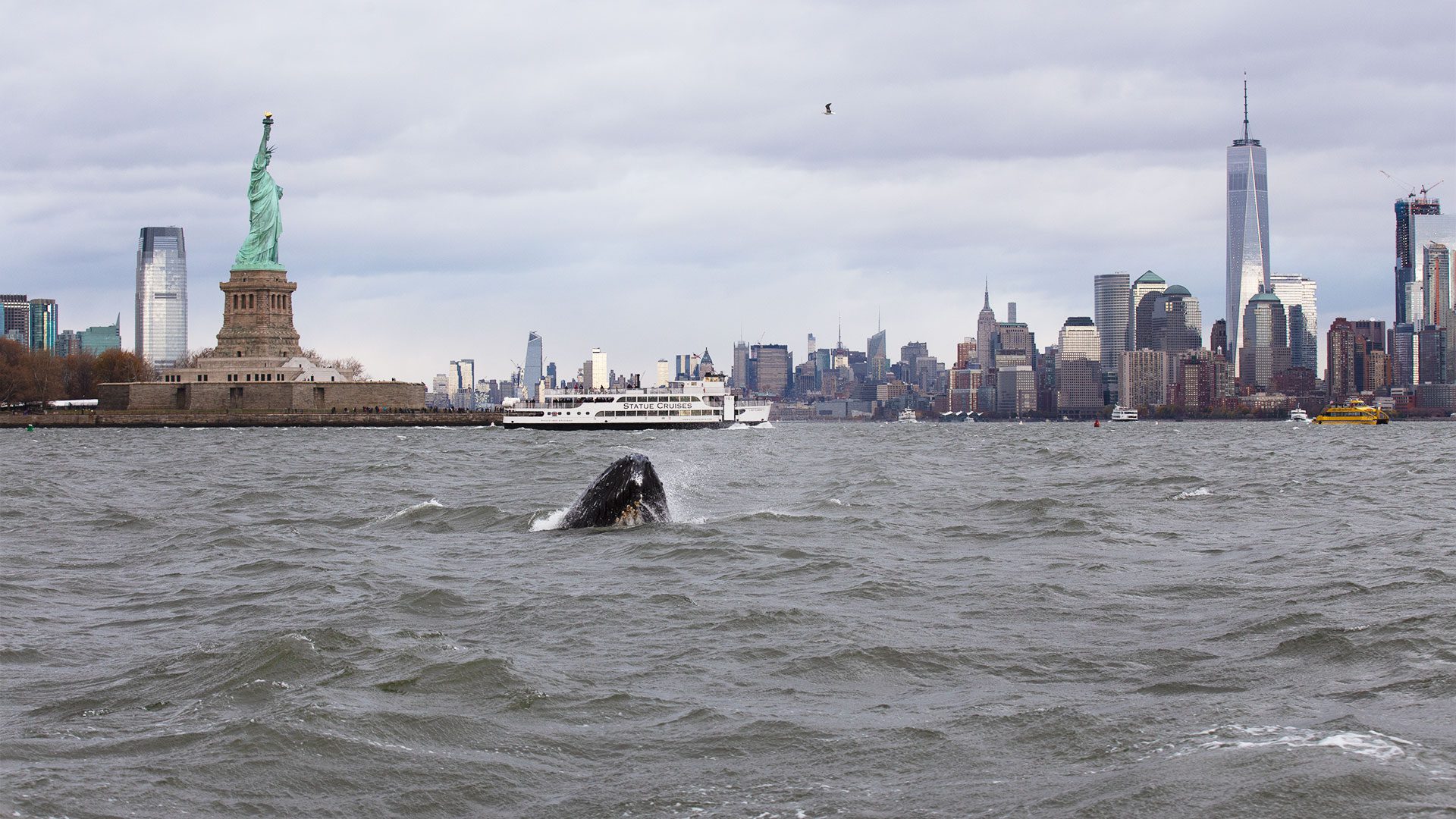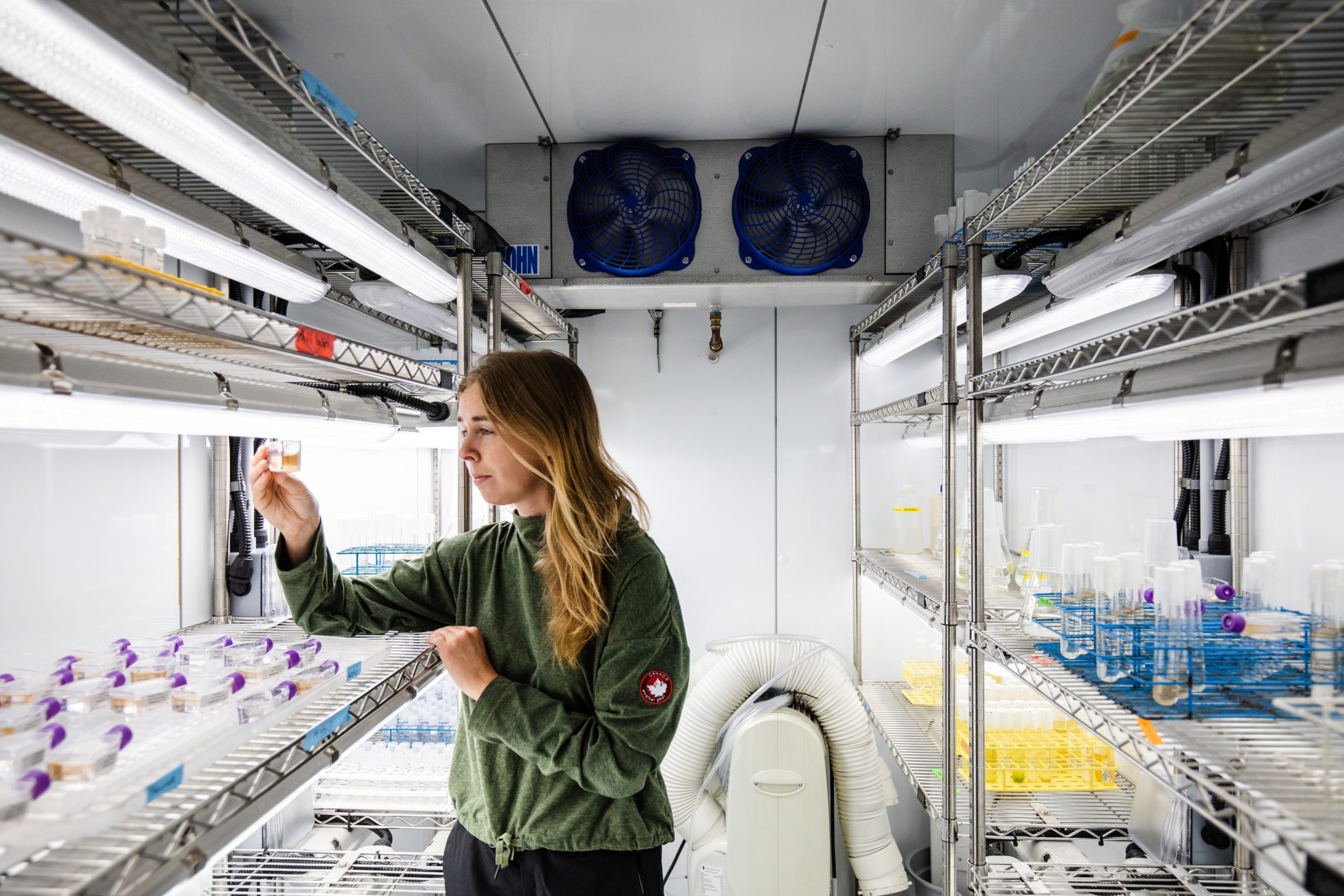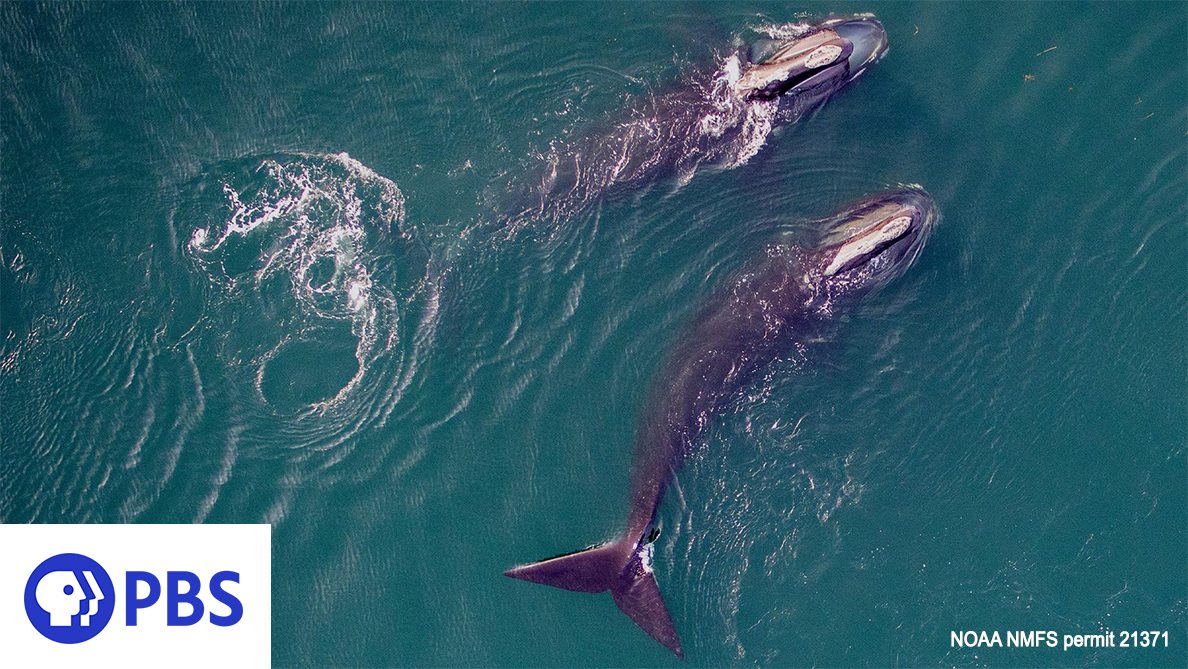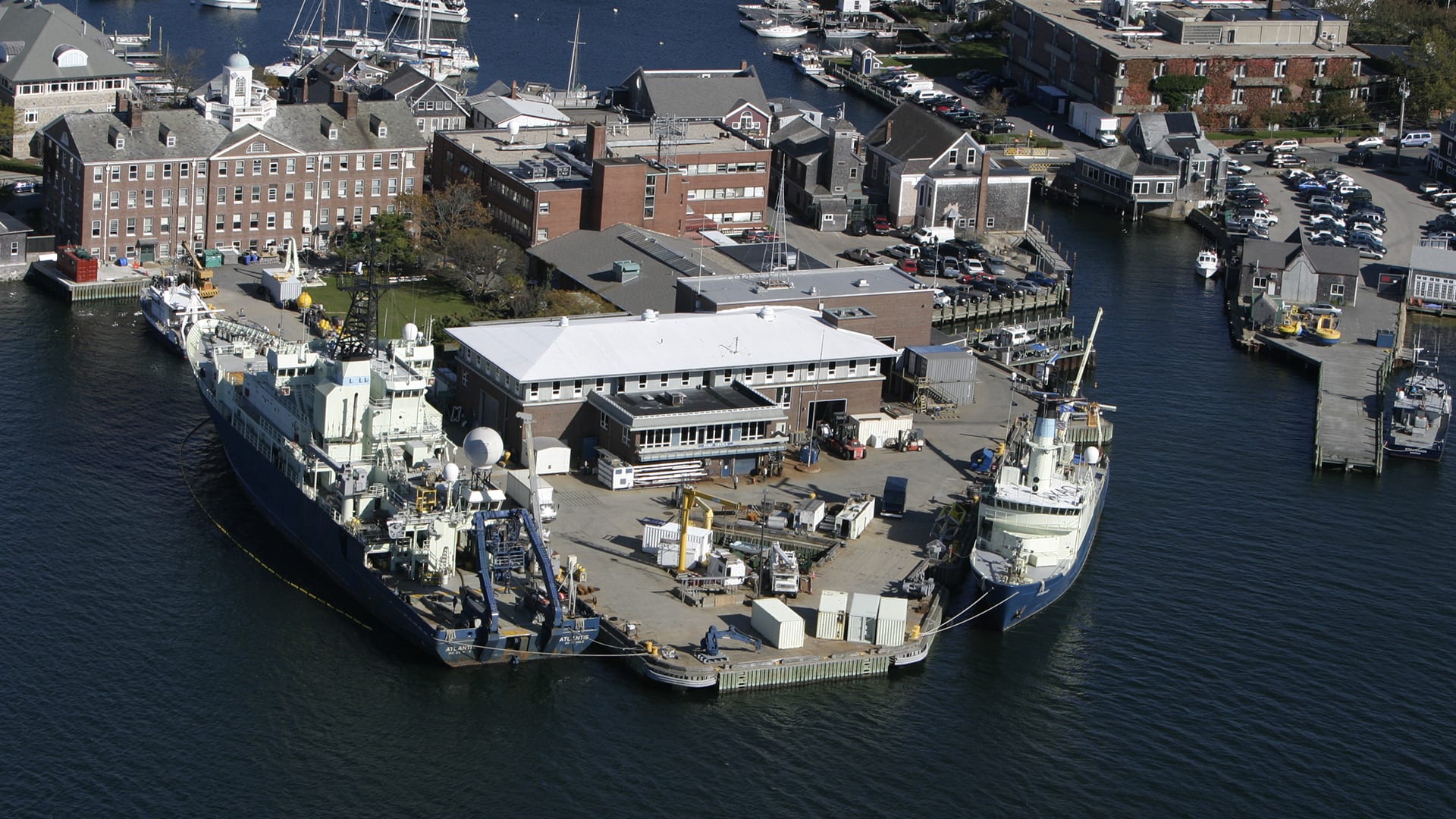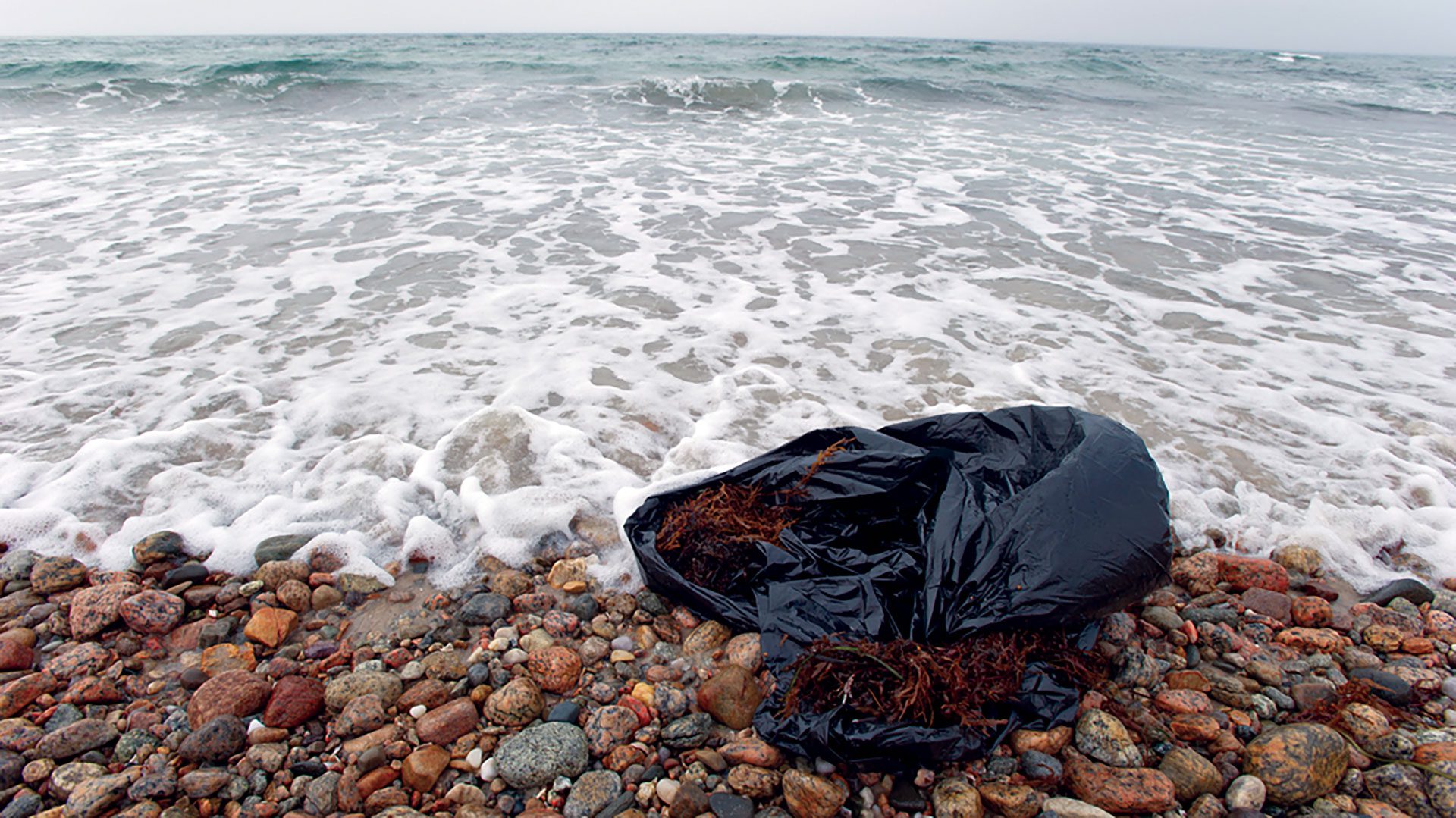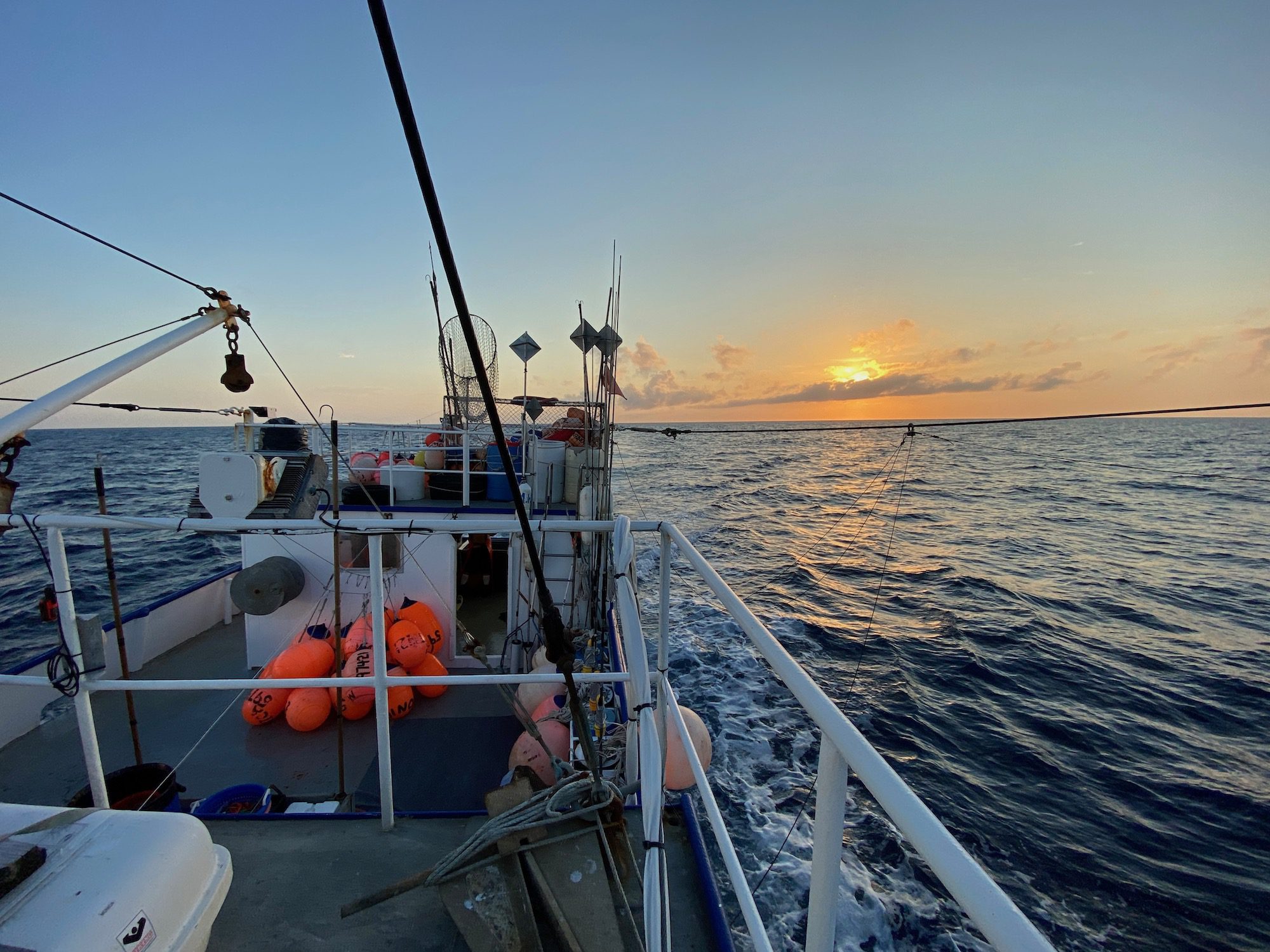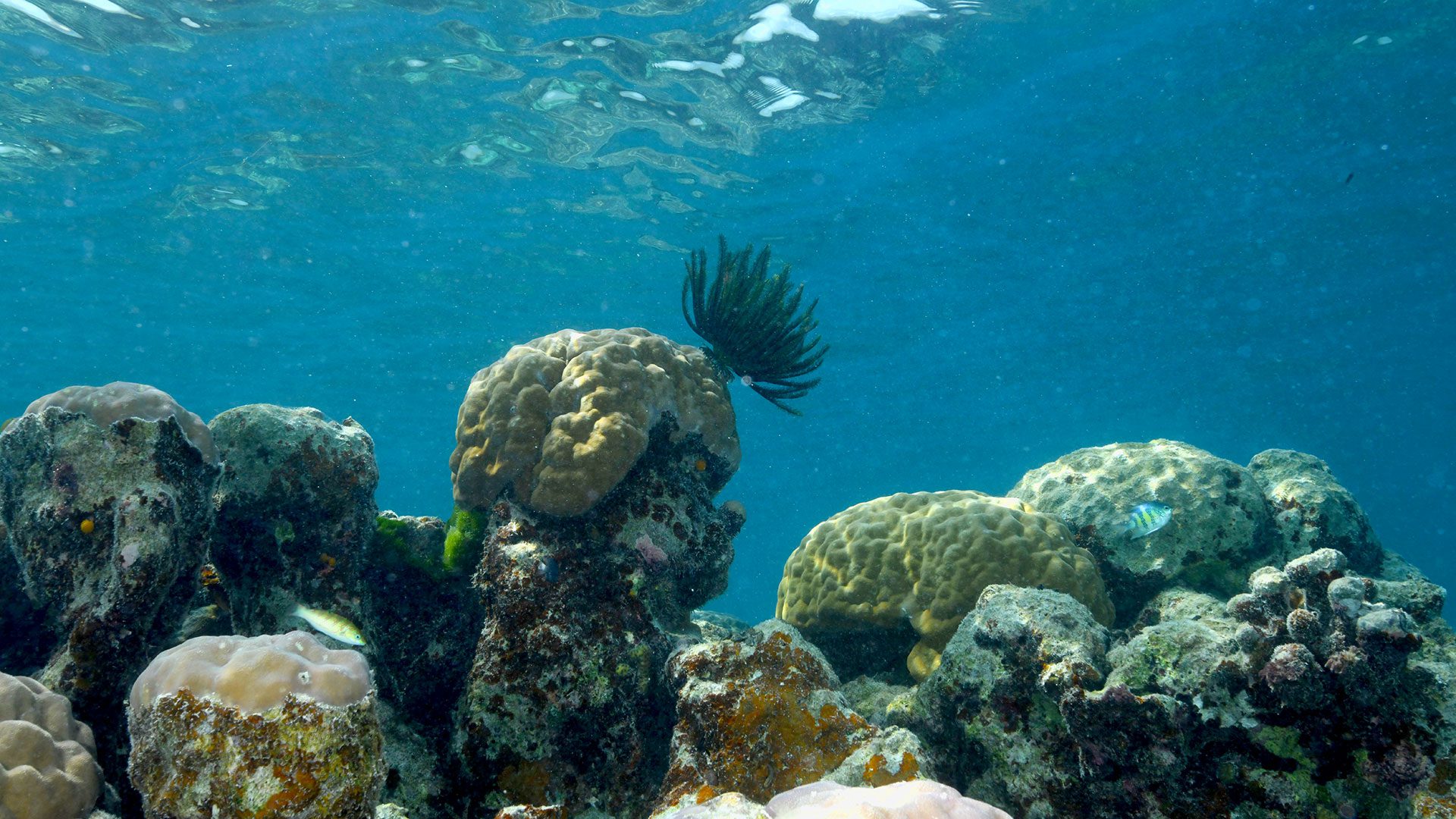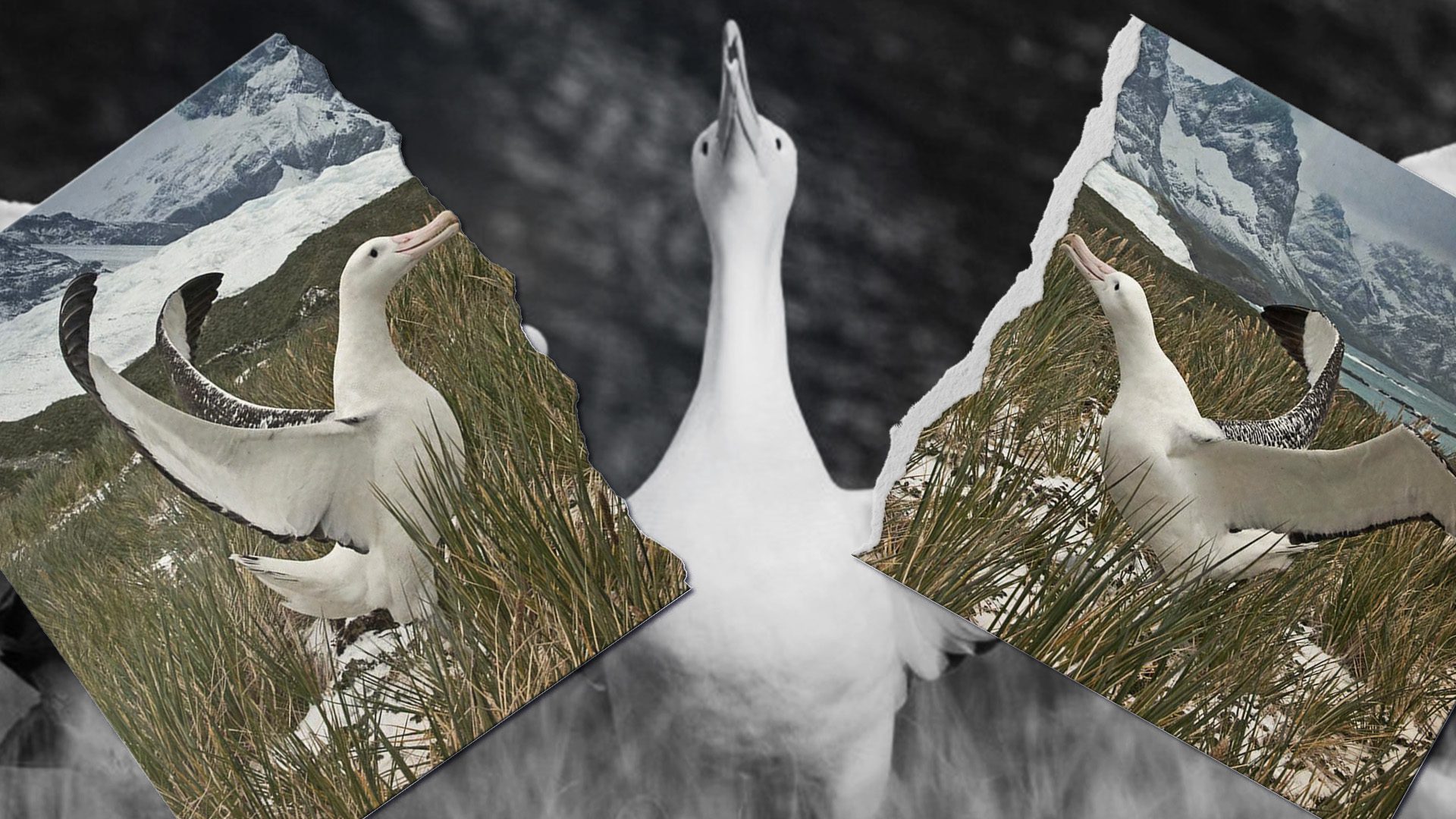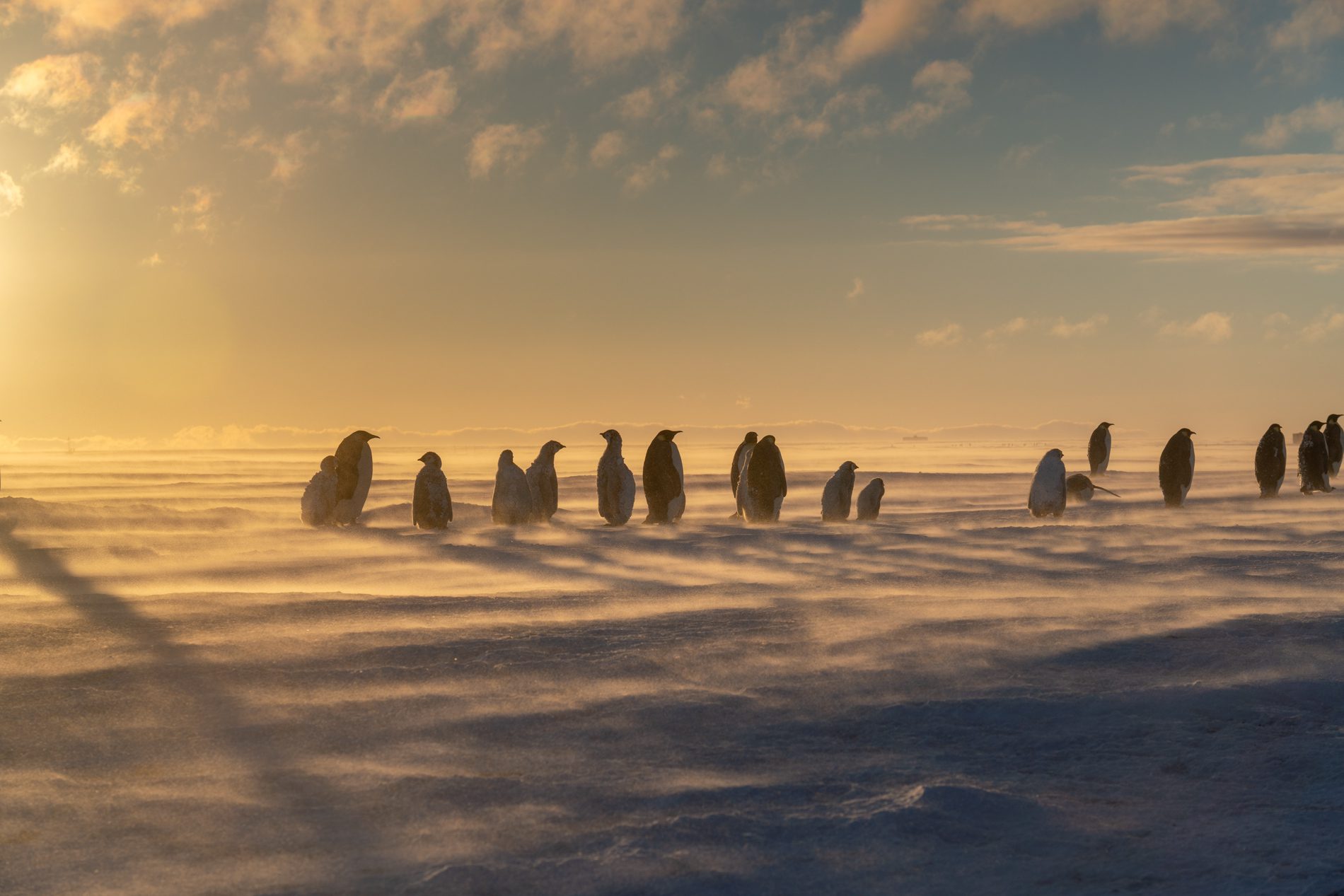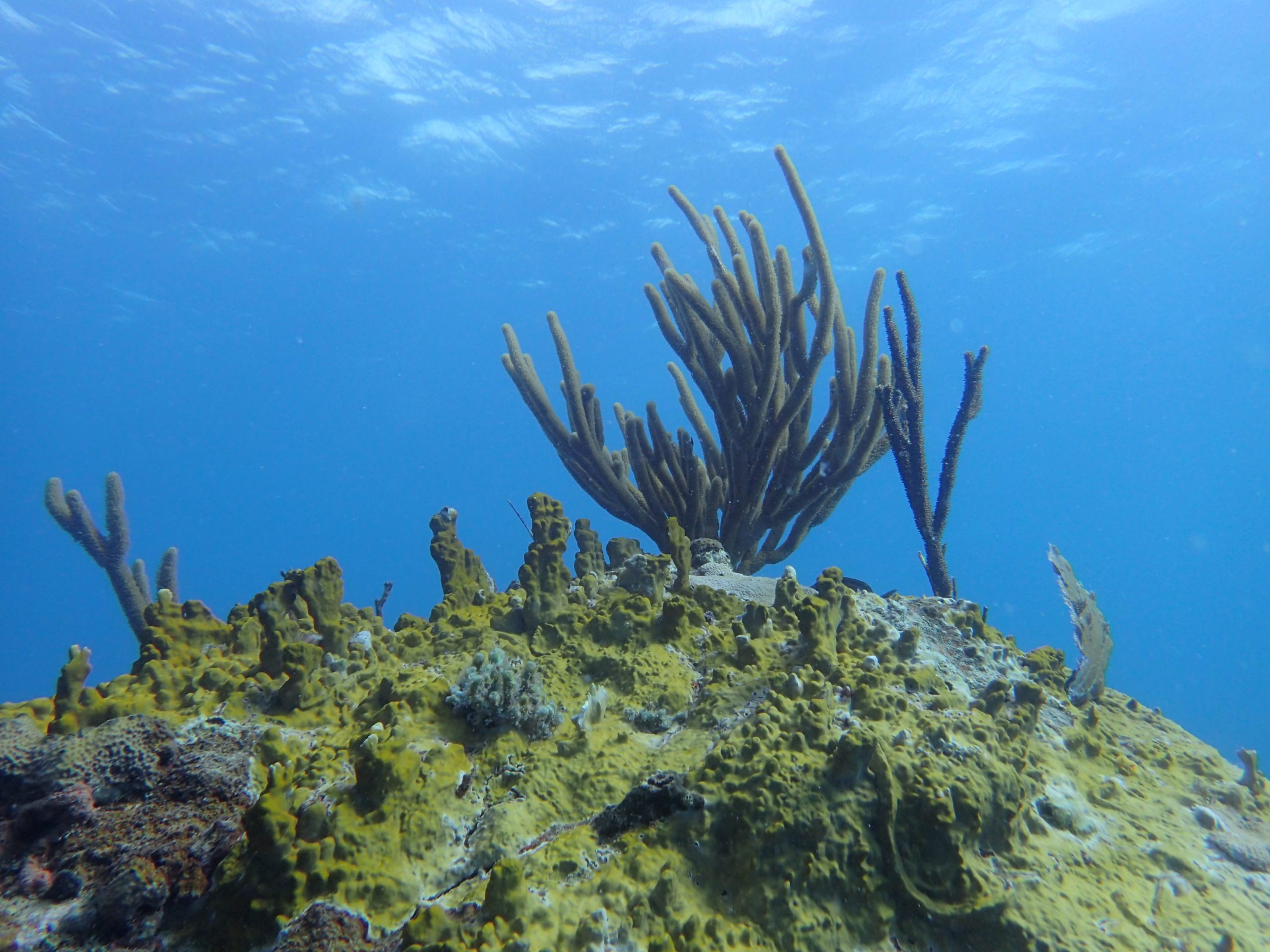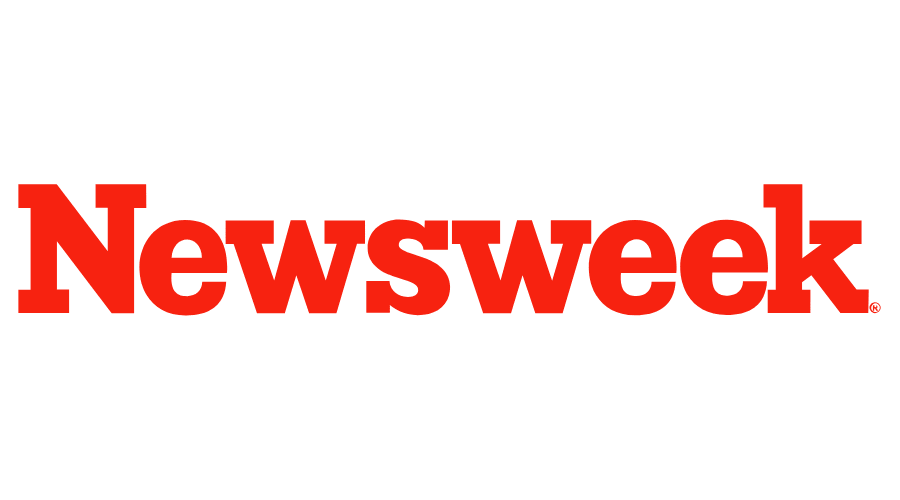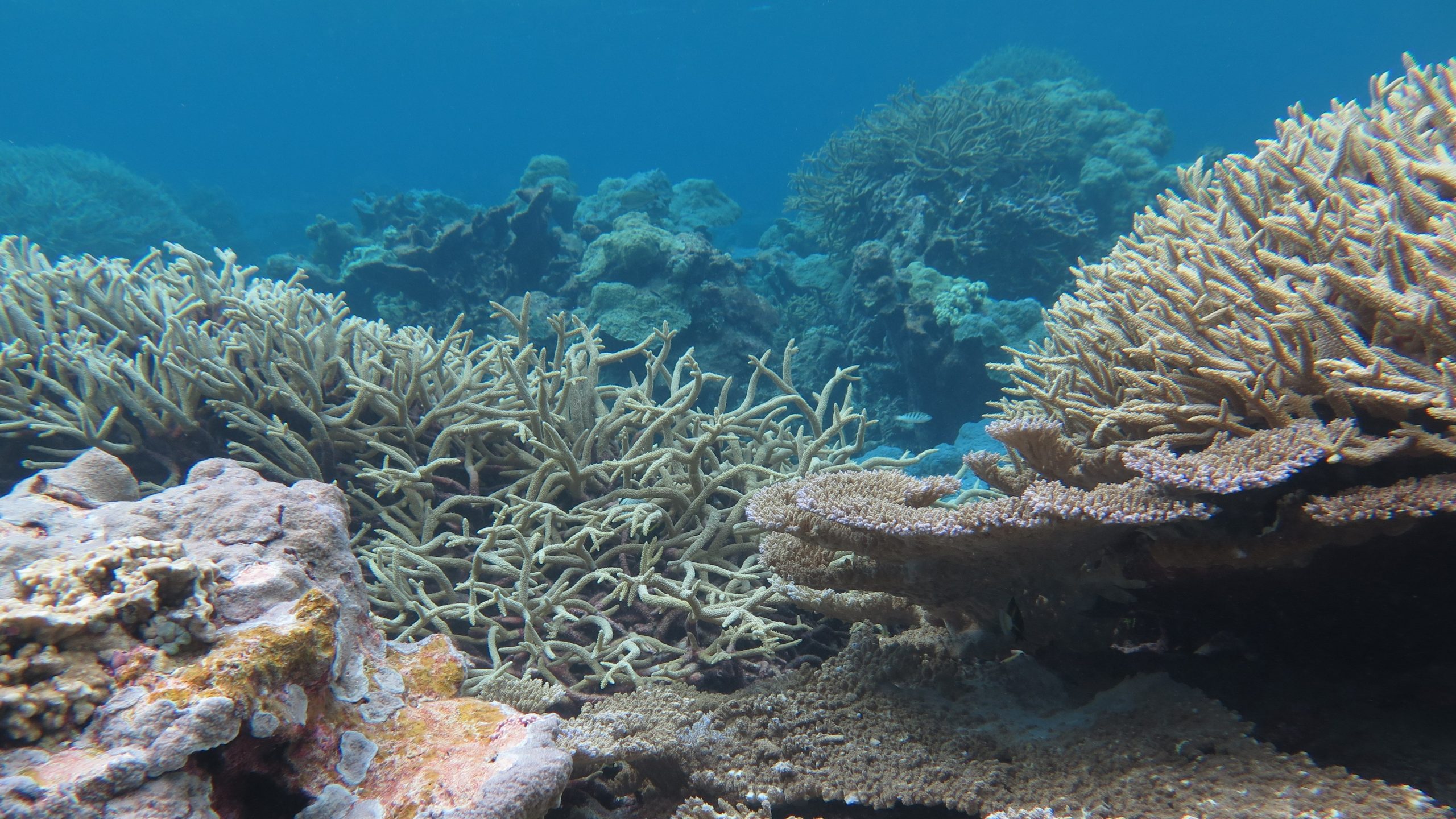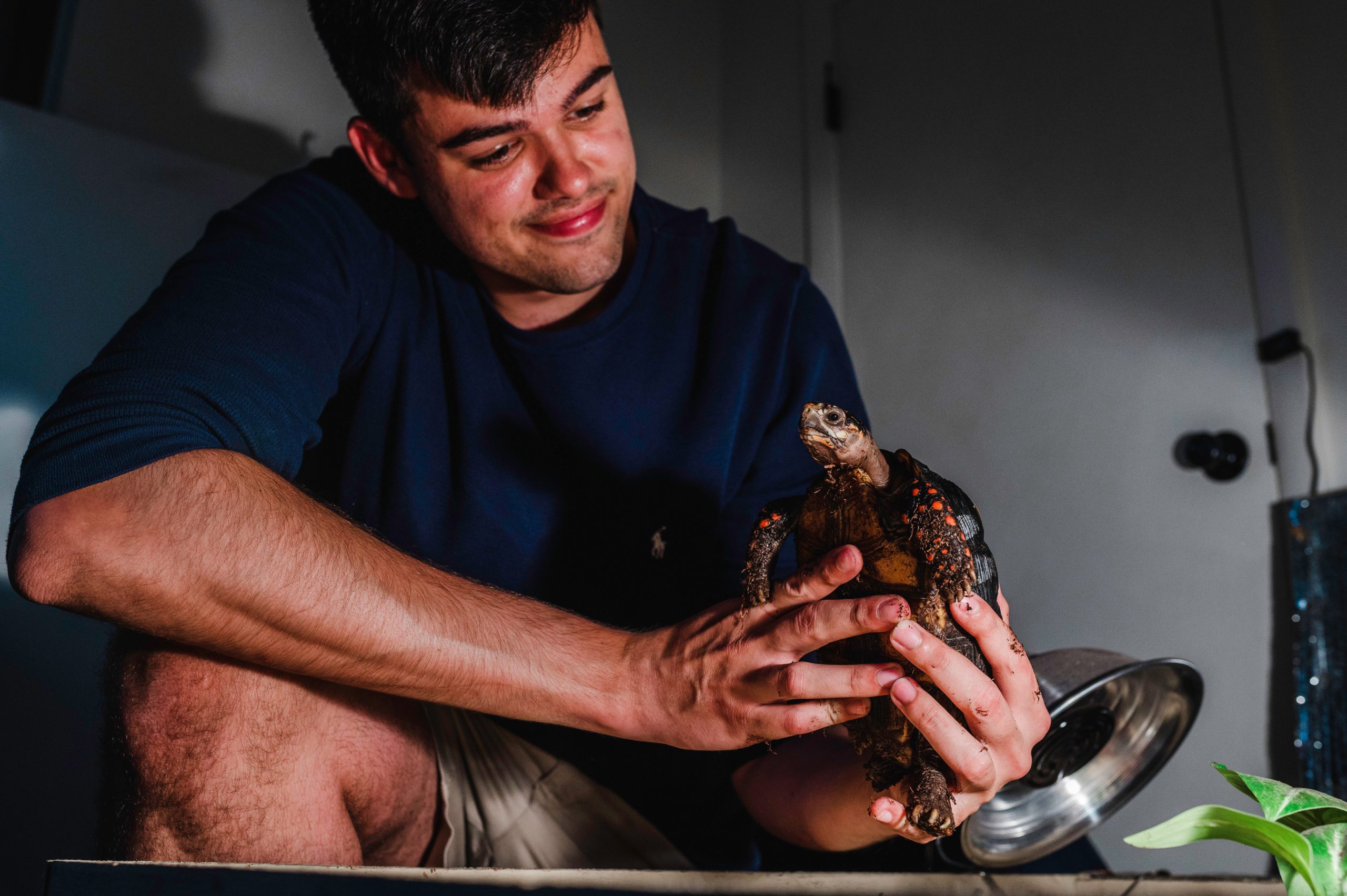Biology
Coral Landscape
It’s not a mountain landscape viewed from above. It’s actually Pavona varians, or “corrugated coral,” photographed under a microscope! This hard-skeleton coral sends tiny white filaments out to snare and…
Read MoreROV Jason explores Axial Seamount
During the PROTATAX23 cruise to Axial Seamount off the coast of Oregon, ROV Jason dove eight times, visited 19 hydrothermal vents, and collected 144 samples– including some from over 1500…
Read MoreA sensor to monitor acid in the ocean
Excess carbon dioxide in the atmosphere is making the ocean more acidic and less hospitable to shelled marine life. At WHOI, scientists Jennie Rheuban, Aleck Wang, MIT-WHOI joint program student…
Read MoreBe Sure to Thank the Little Guys
AI in the Ocean Twilight Zone
Deep Learning techniques are revealing new secrets about the mesopelagic
Read MoreKeeping an ear out for whales
Scientists look to safeguard the mammals with robotic buoys in the New York Bight
Read MoreAre warming Alaskan Arctic waters a new toxic algal hotspot?
WHOI researchers warn Arctic communities following detection of a harmful bloom
Read MoreNOVA: Saving the Right Whale
Experts from WHOI, Center for Coastal Studies, and NOAA are among the specialists determined to save this critically endangered species.
Read MoreRecognizing Massachusetts Right Whale Day
April 24 marks the first-ever Right Whale Day in Massachusetts. WHOI biologist and veterinarian Michael Moore recently met with the resident who brought this special recognition about– and explains why it’s important to raise awareness about the critically endangered North Atlantic right whale.
Read MoreCINAR Names Four New Fellows in Quantitative Fisheries and Ecosystems Science
The goal of the fellowship program is to engage early-career scientists in research that supports the training and education in the he assessment and management of living marine resources in the Northeast U.S.
Read MoreWHOI helps lead groundbreaking study on the human and ocean health impacts of ocean plastics
For the first time, leading researchers from the fields of healthcare, ocean science, and social science have collaborated to quantify plastic’s considerable risks to all life on Earth. The Minderoo-Monaco Commission on Plastics and Human Health report, released today, presents a comprehensive analysis showing plastics as a hazard at every stage of their life cycle.
Read MoreNew technology tries to protect whales
Casting a (long) line to the twilight zone food web
Scientists and fishermen work together to study key predators in the ocean twilight zone
Read MoreScientist calls 6-year delay in Maine lobster rules ‘mind-boggling’
Dean Bumpus: Tracking Ocean Currents
New Species Of Deep-Sea Fish Discovered Off Costa Rica
Palau’s Rock Islands Harbor Heat-resistant Corals
Scientists studying reefs in Palau have identified subgroups of a coral species that exhibit remarkable tolerance to the extreme heat associated with marine heatwaves
Read MoreWhen it comes to albatross ‘divorce,’ climate isn’t the only issue
Personality can factor into lovebird split-ups in the southern Indian Ocean
Read MoreDolphins Whistle Their Names with Complex, Expressive Patterns
Emperor penguins granted protections under Endangered Species Act
Woods Hole Oceanographic Institution among research groups that offer key findings to support federal protection of species, increasingly under siege by climate change
Read MoreStudy Examines the Impact of Coral Chemical Compounds on Reef Composition and Health
The study found that the organic chemical compounds produced through metabolism —known as metabolites or exudates—vary significantly by coral species and that the compounds impact the abundances and compositions of reef microorganisms differently.
Read MoreBizarre Pelican Eel Can Eat Prey Larger Than Own Body Thanks to Giant Mouth
“Digital Reefs” awarded $5 million
The National Science Foundation (NSF) has awarded Woods Hole Oceanographic Institution (WHOI) $5 million to participate in NSF’s ground breaking Convergence Accelerator Program. The project, led by WHOI scientist Anne Cohen, builds the world’s first Coral Reef Digital Twin, a 4-dimensional virtual replica of a living coral reef powered by state-of-the art data and models.
Read MoreMaking a splash on TikTok
Nate “The lumpfish guy” Spada brings ocean science to millions with amazing creatures and a sense of humor
Read More
